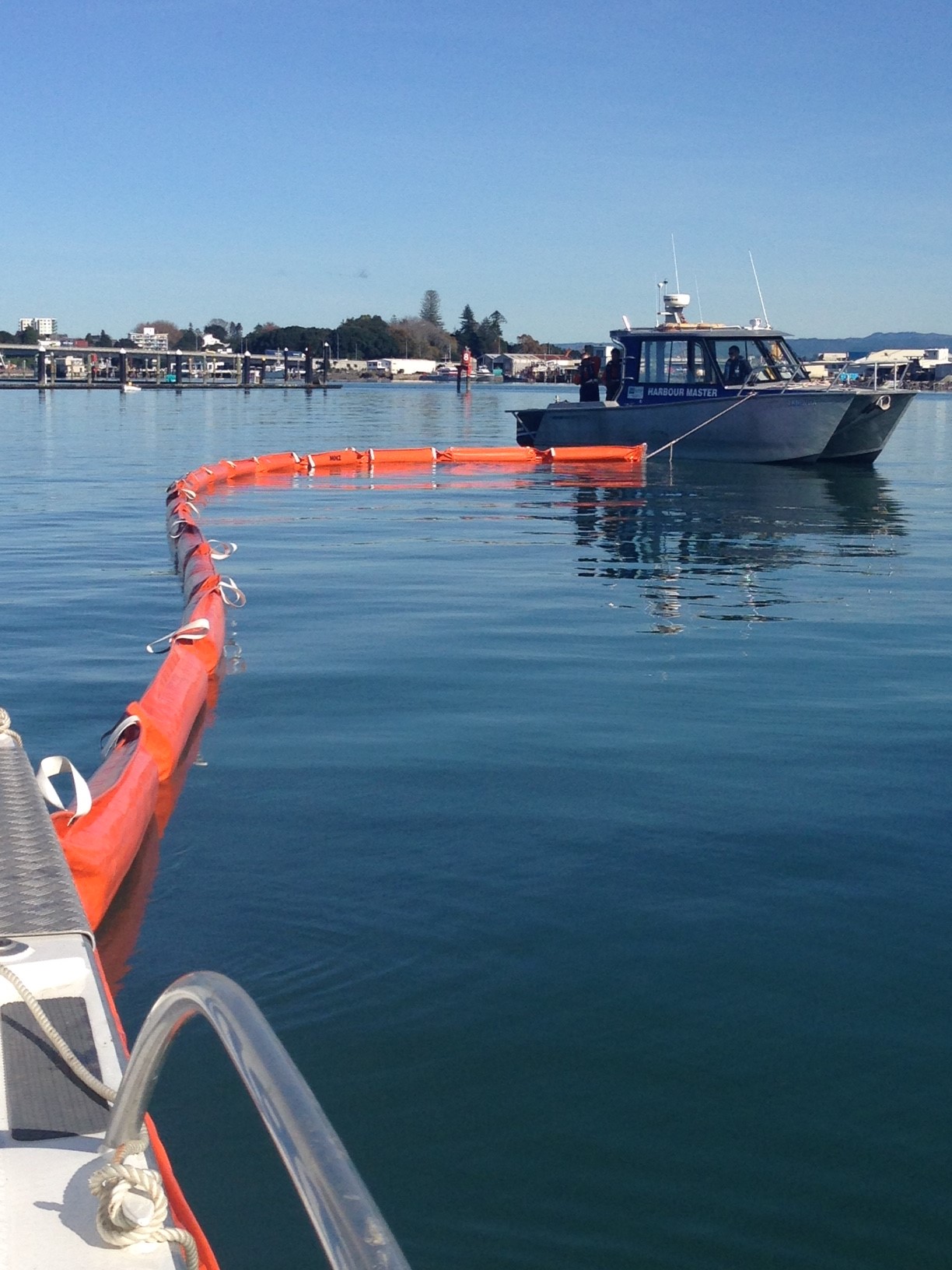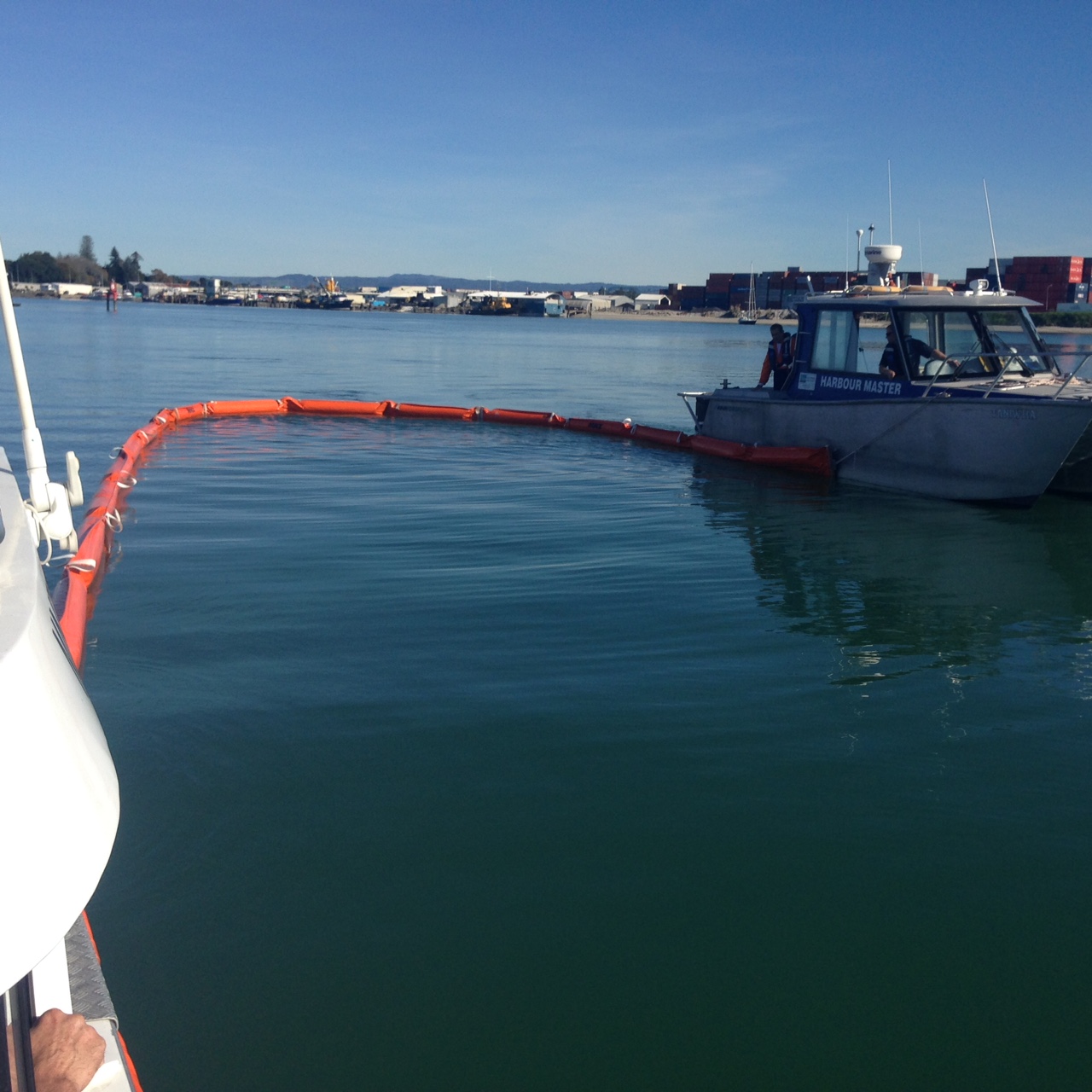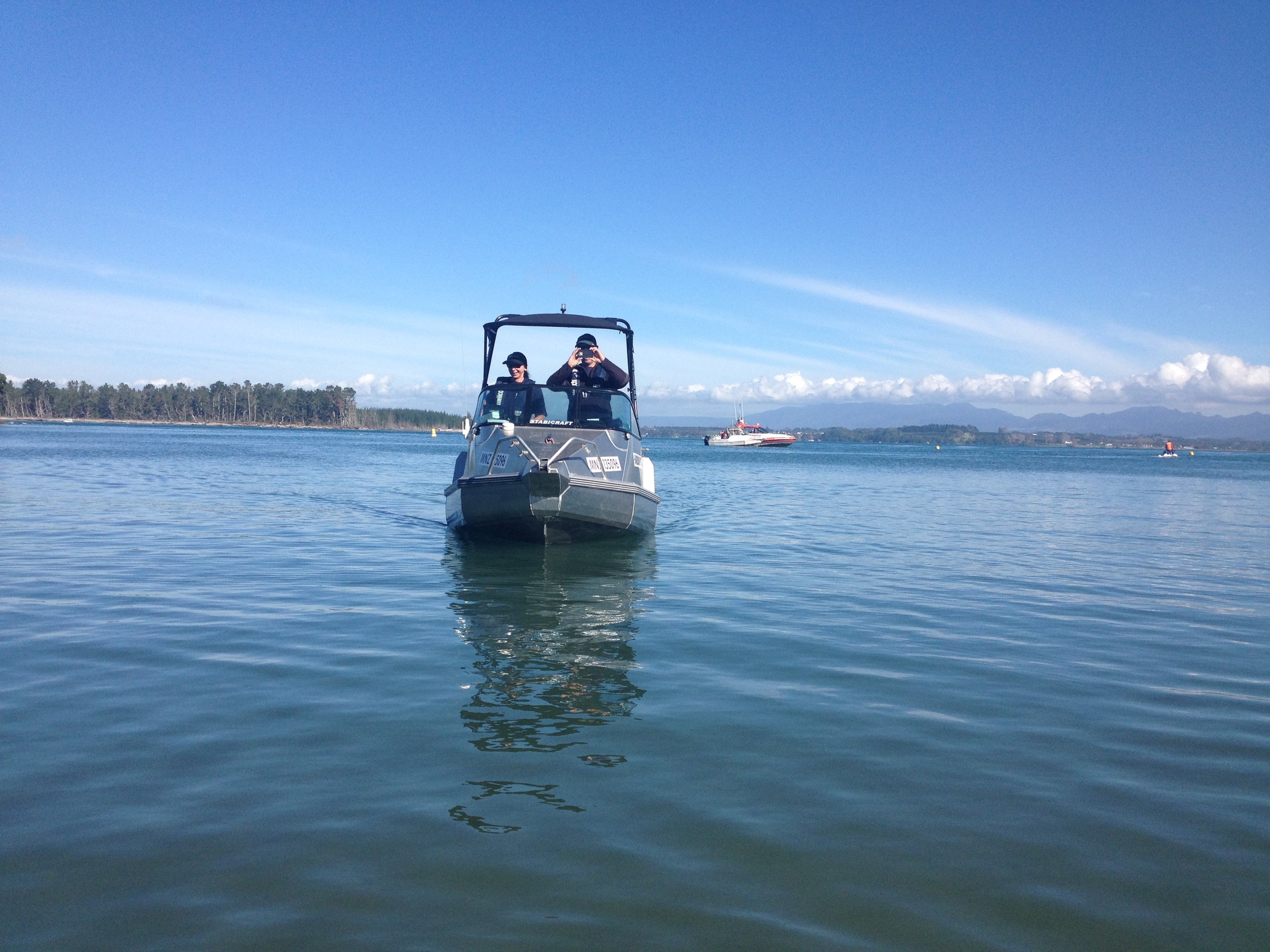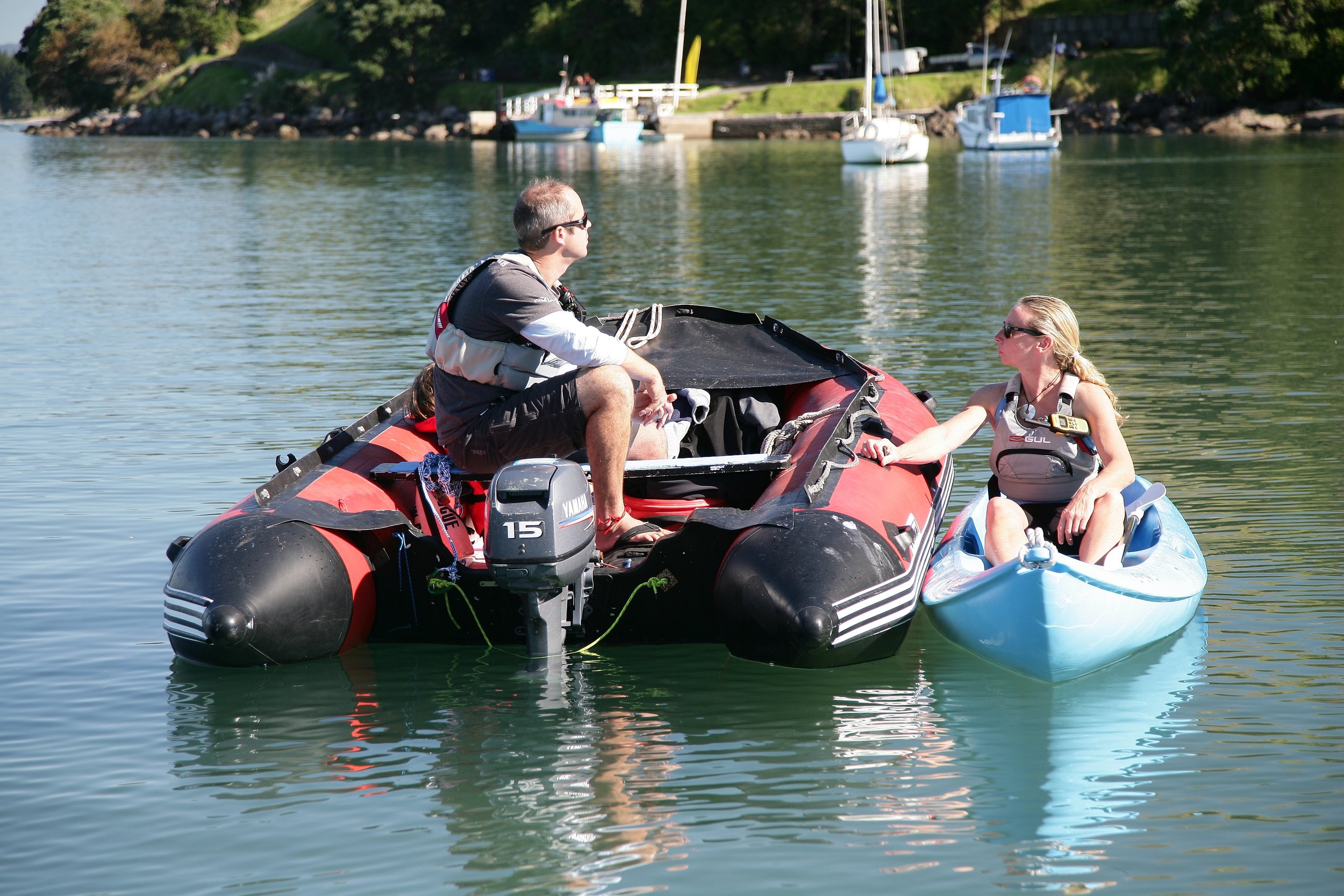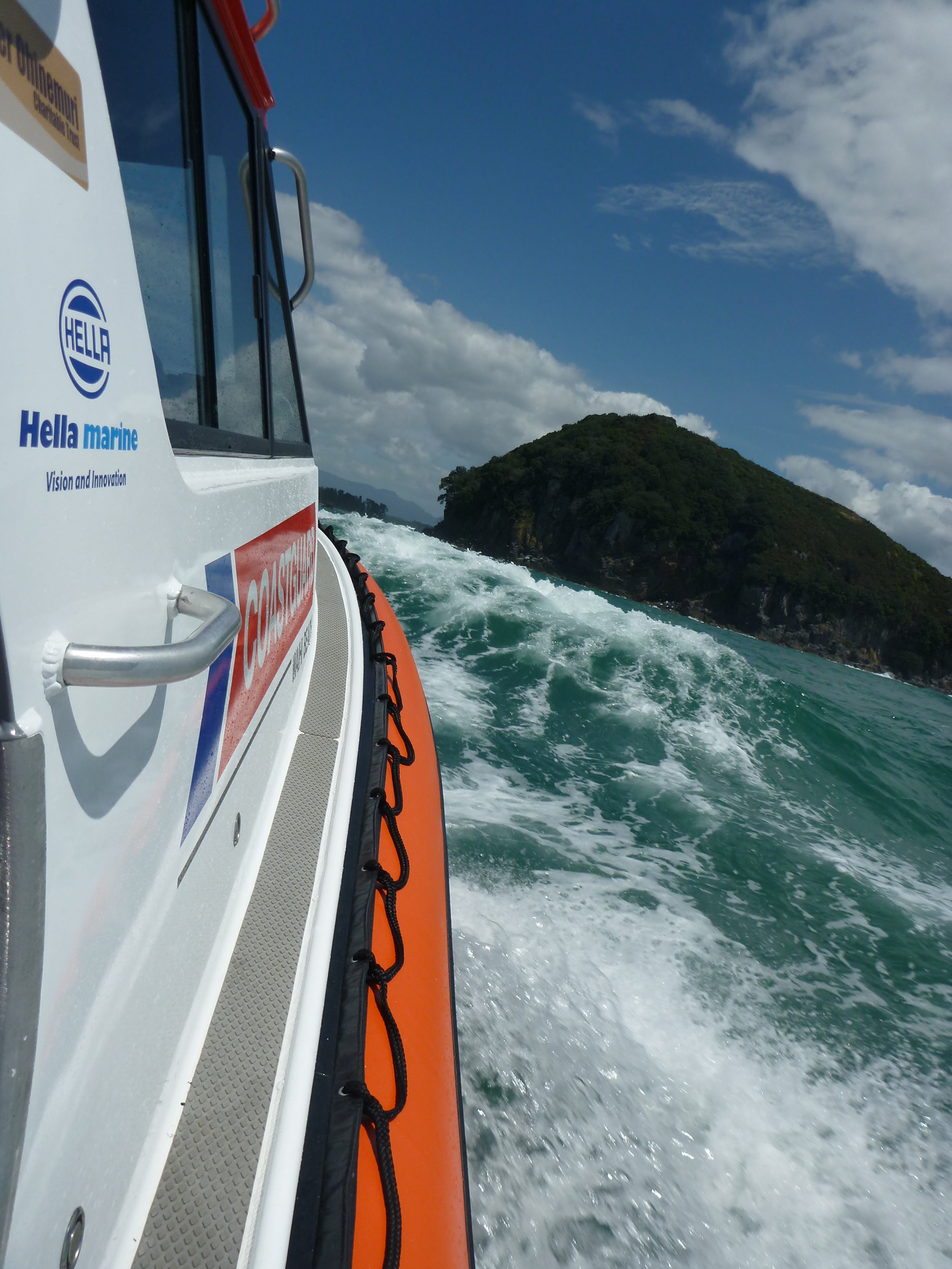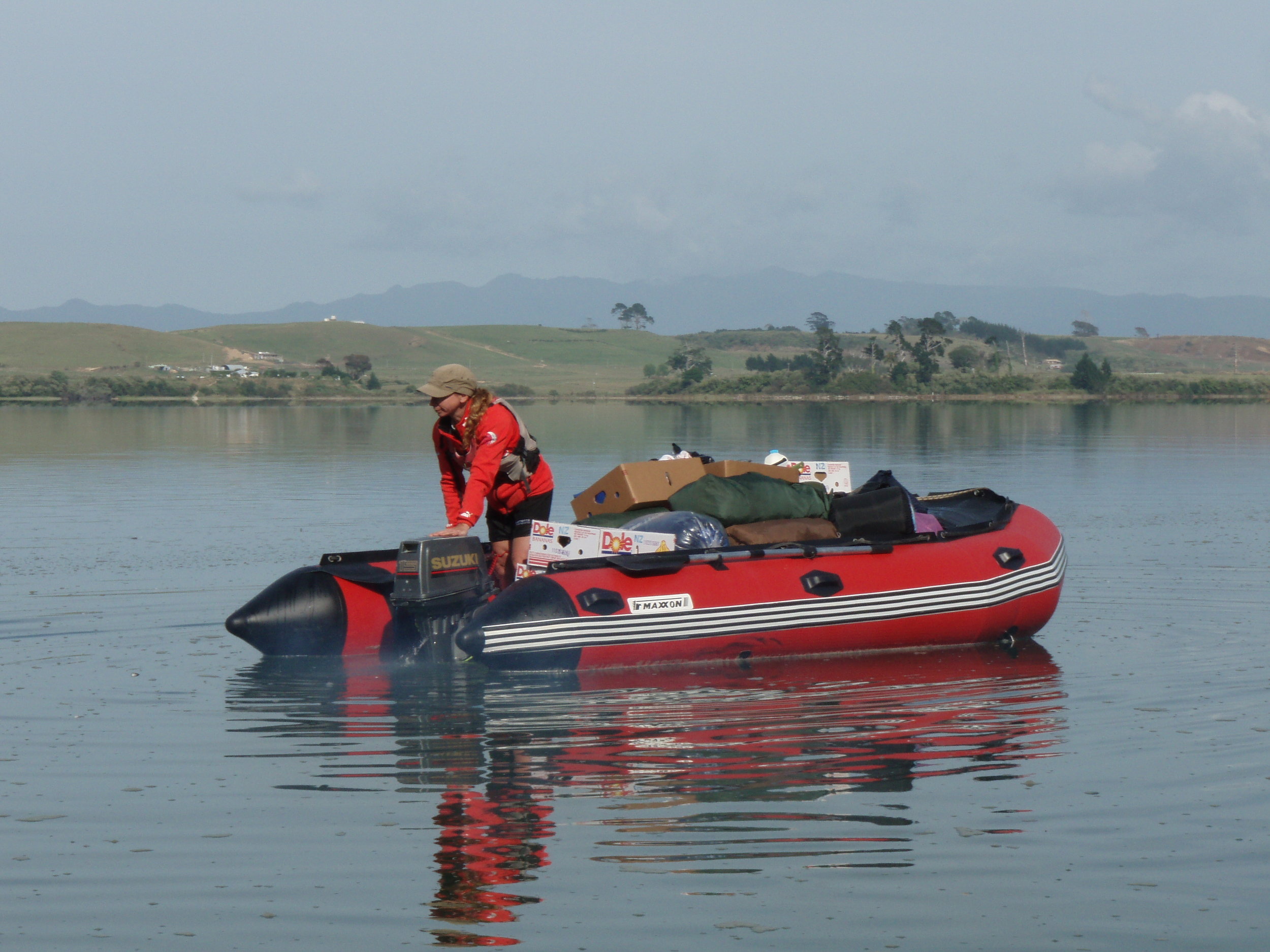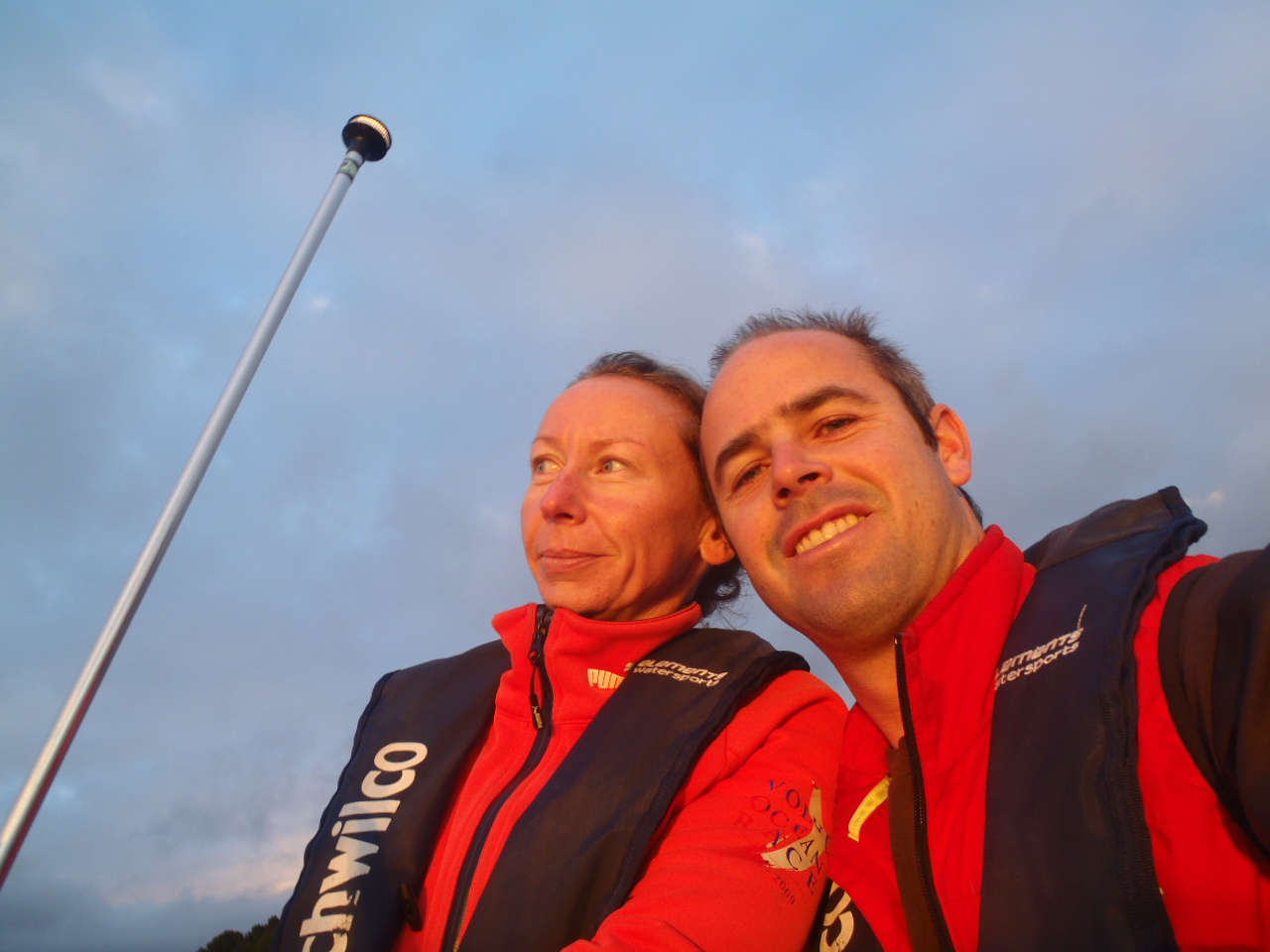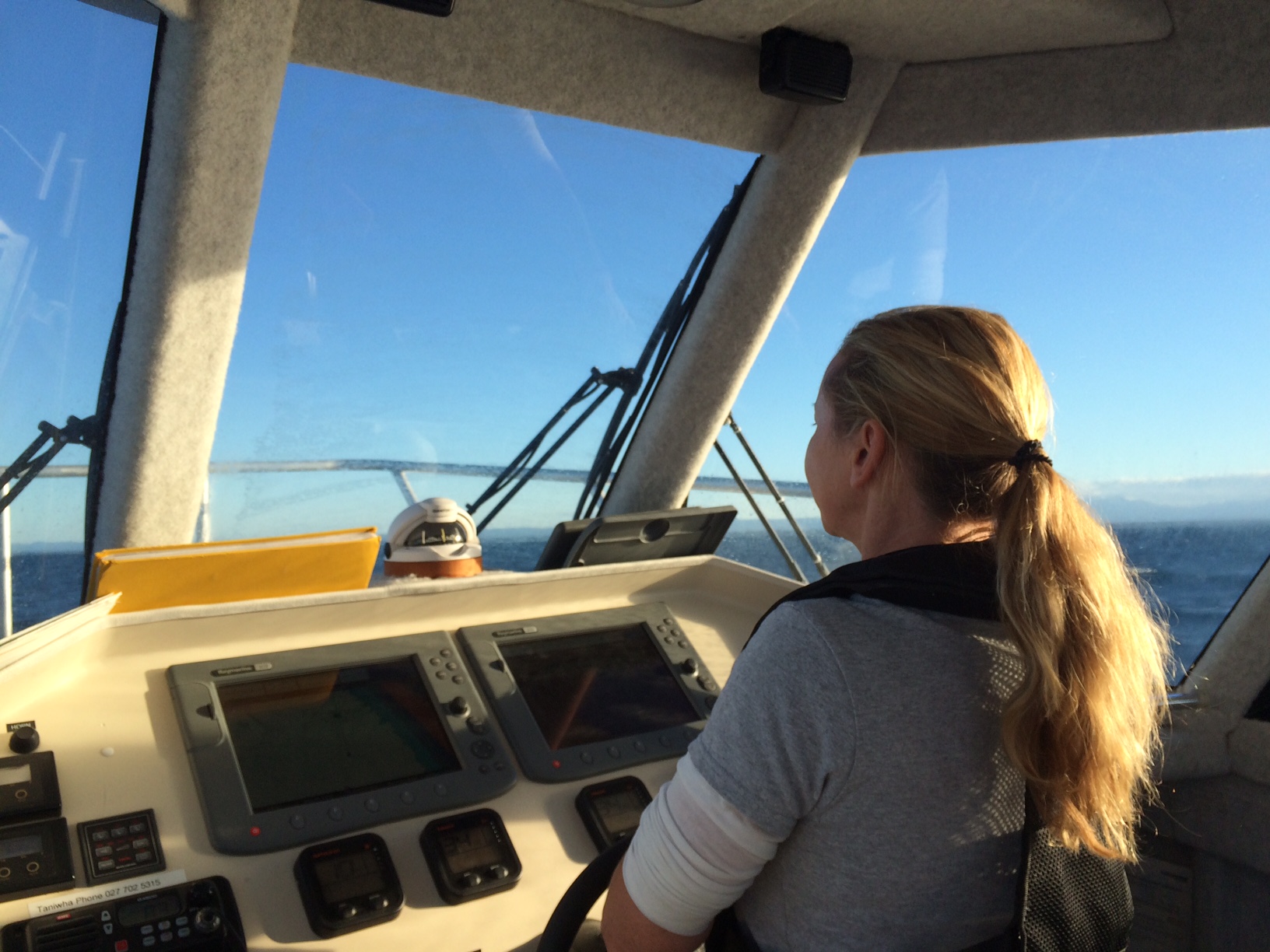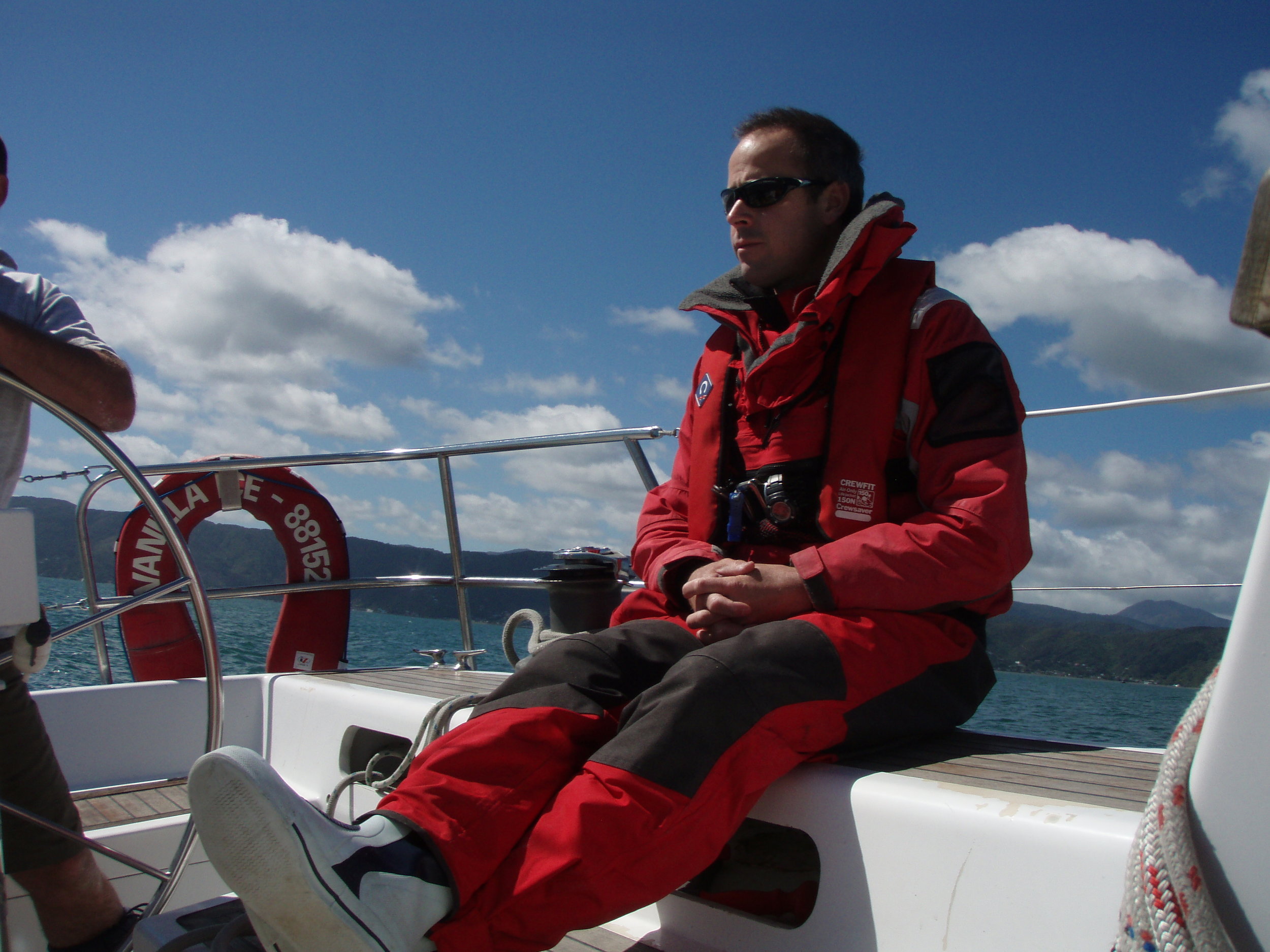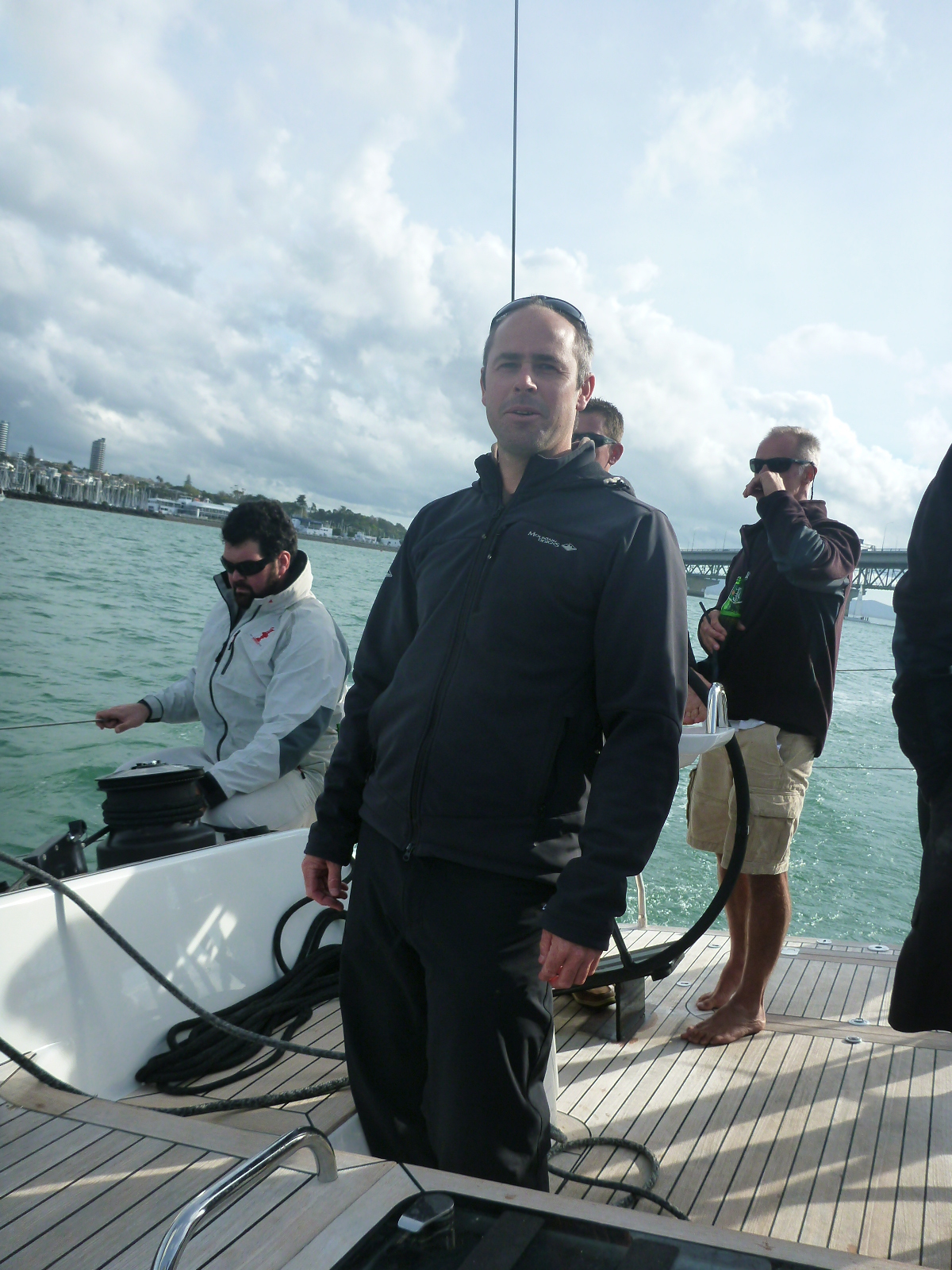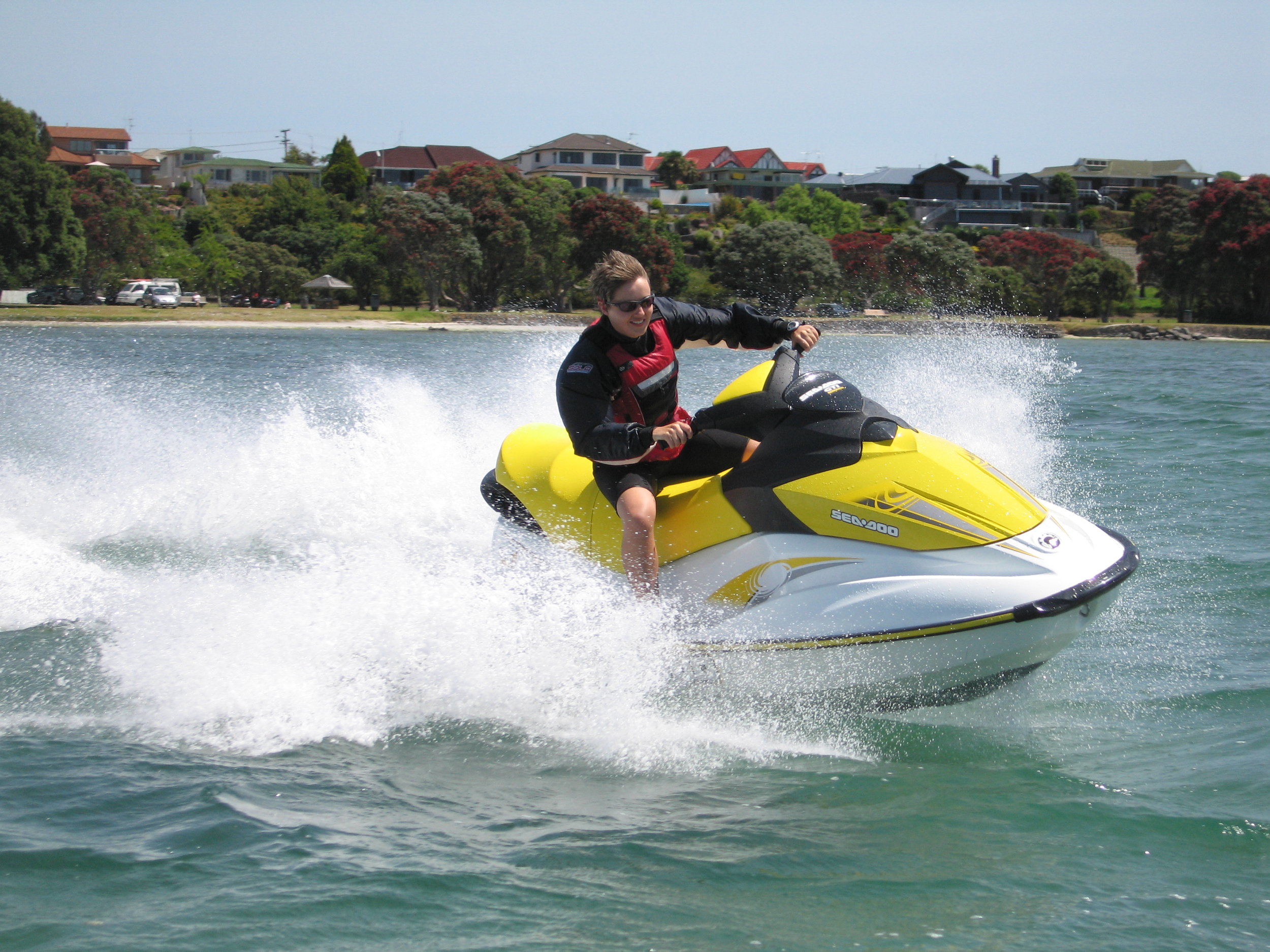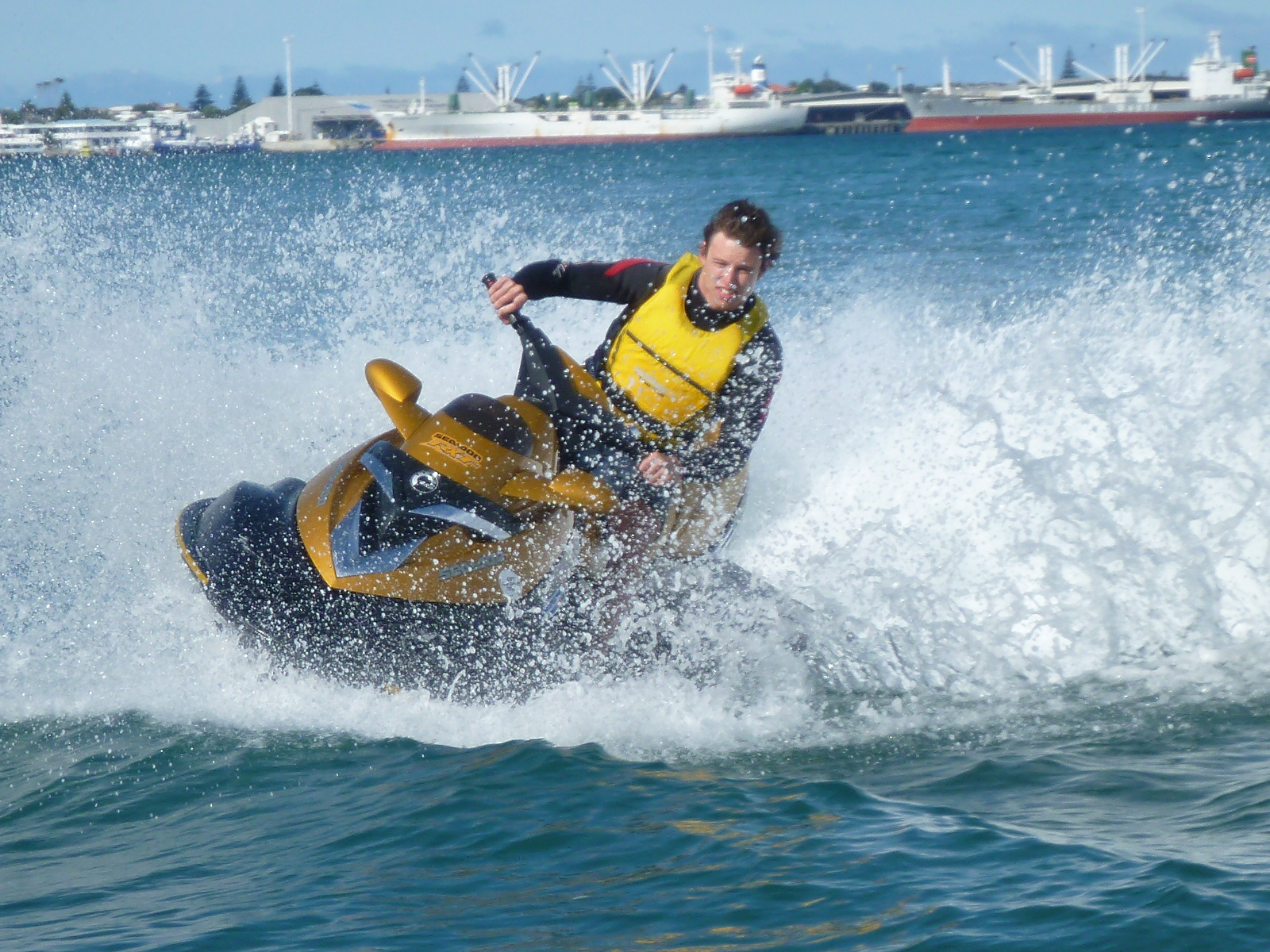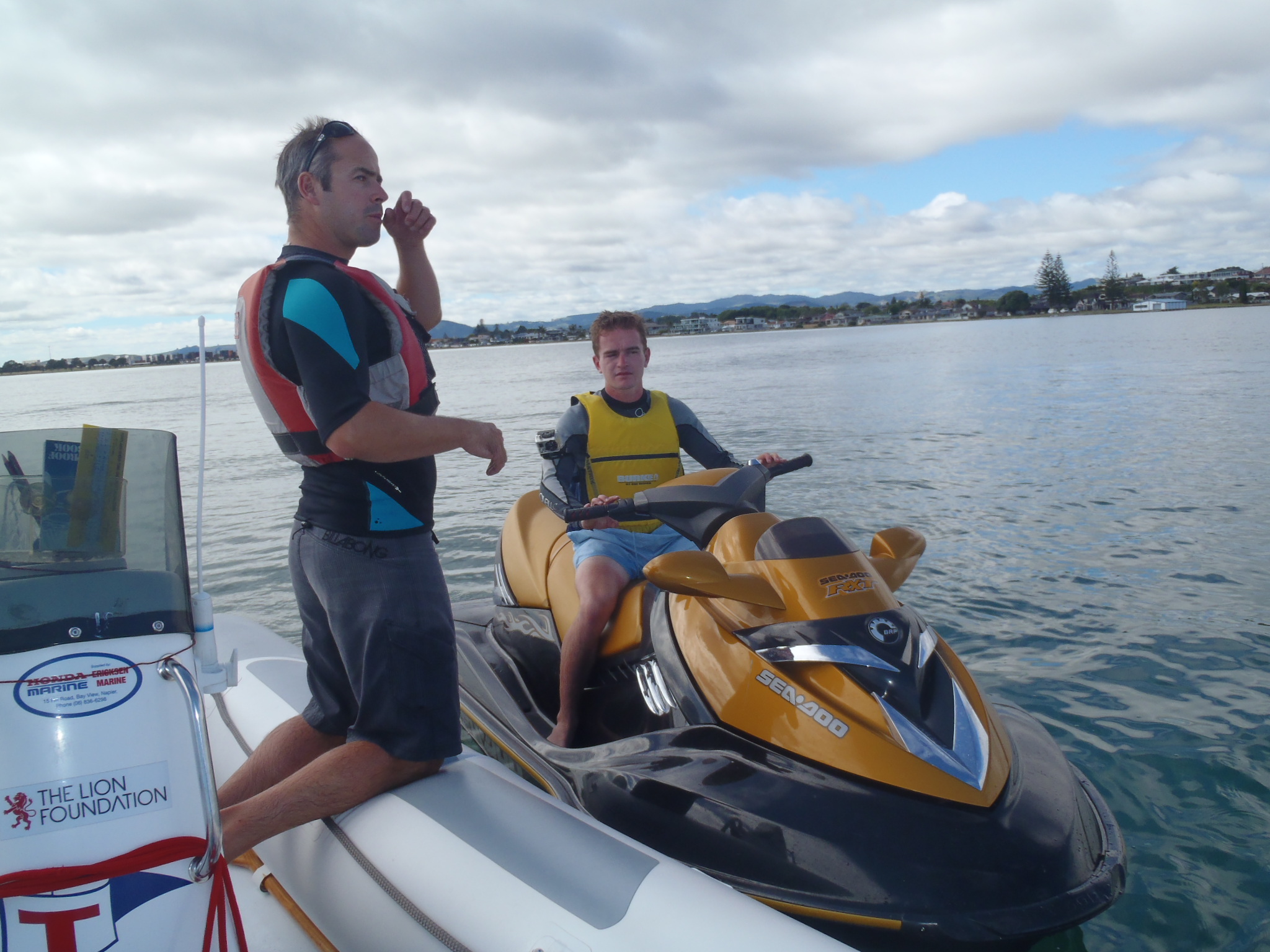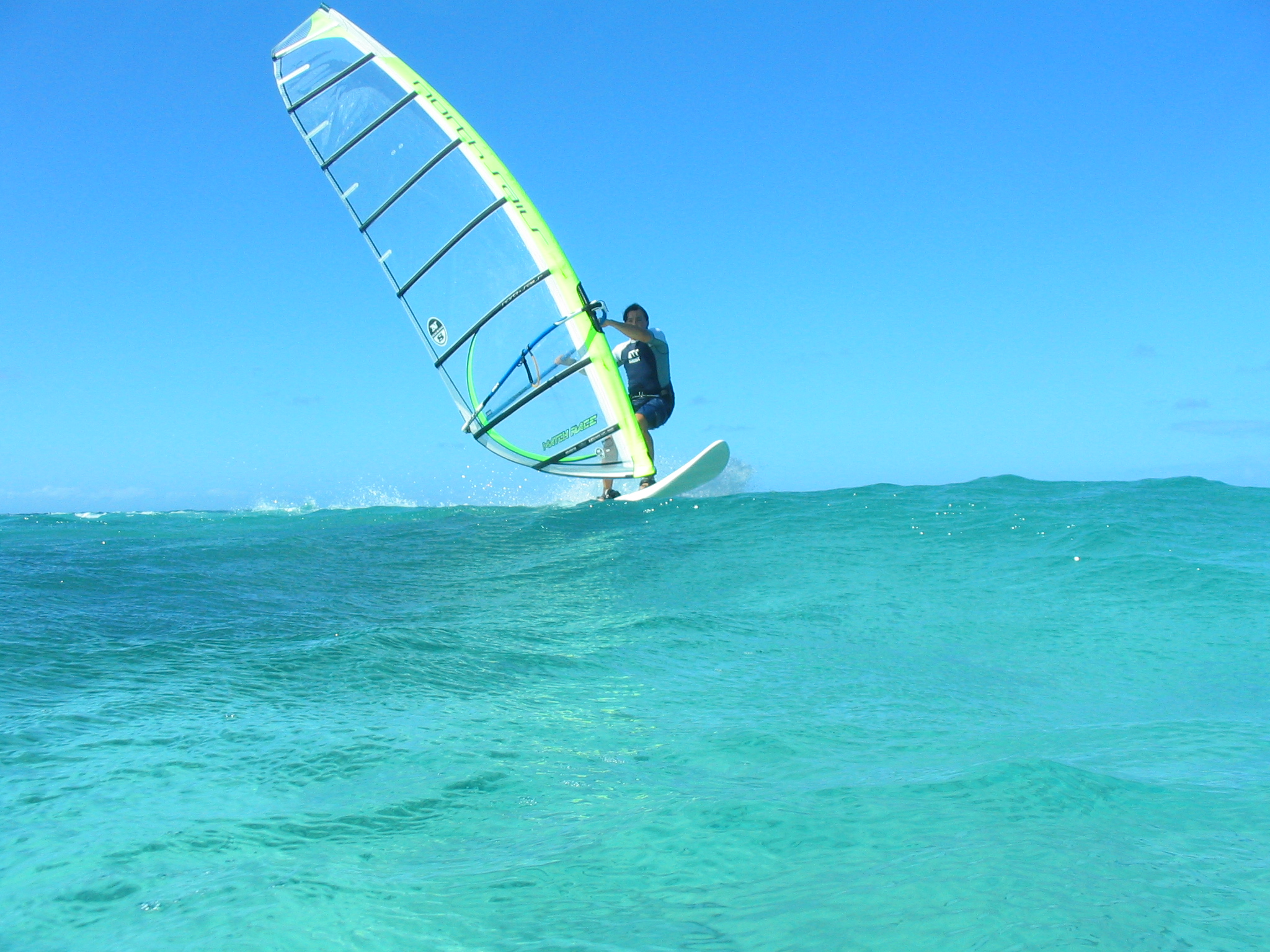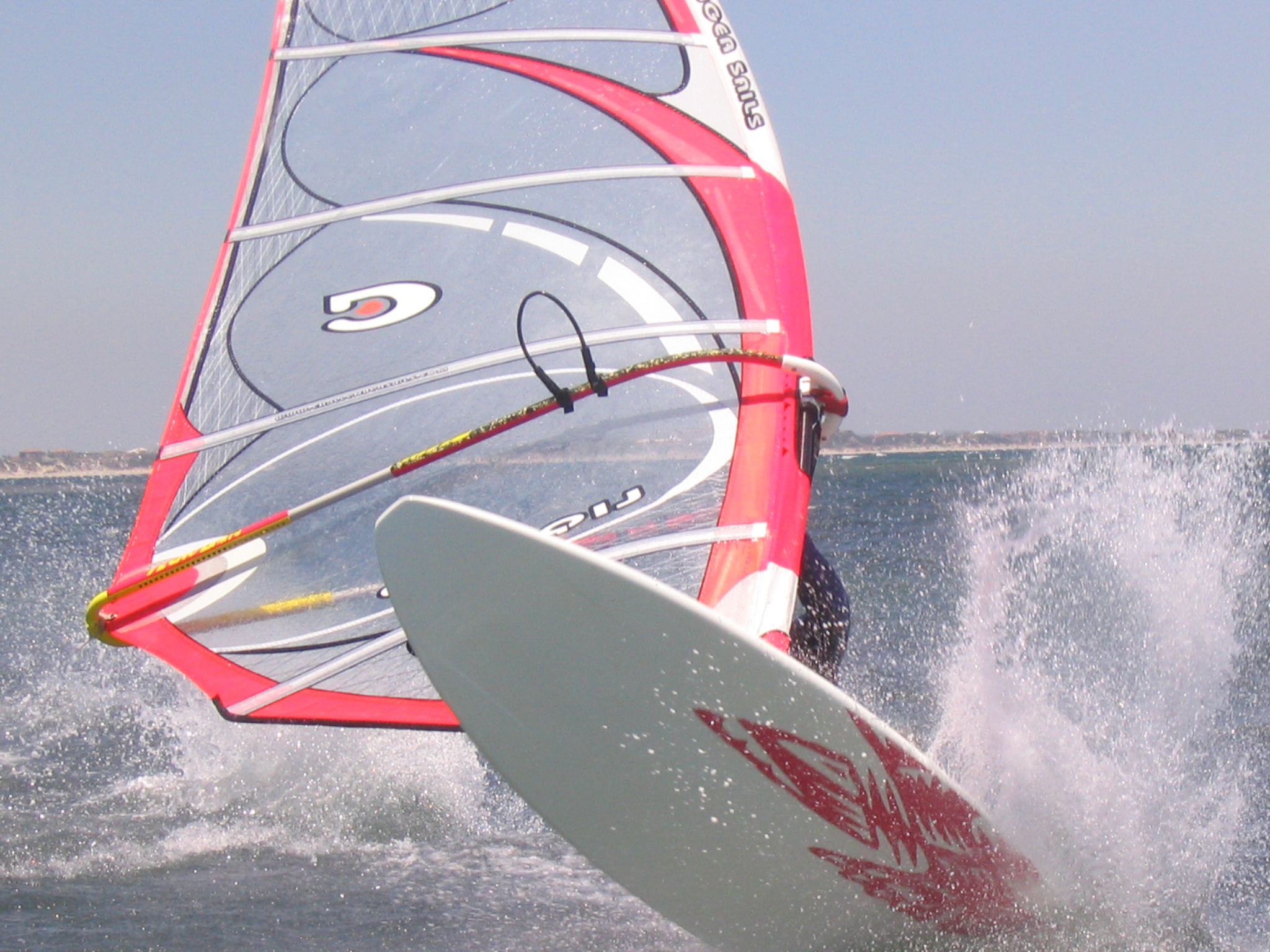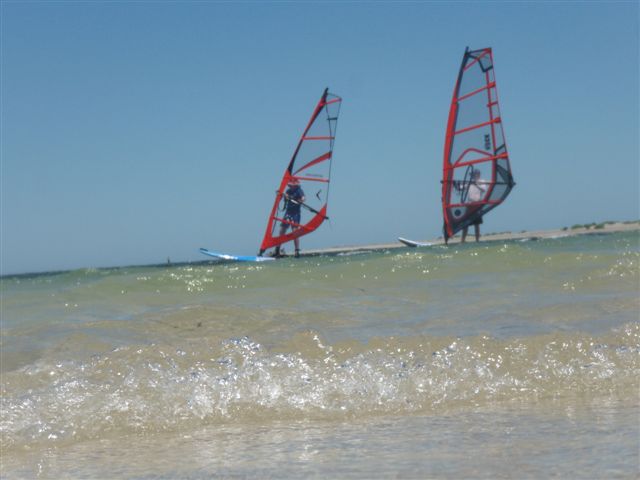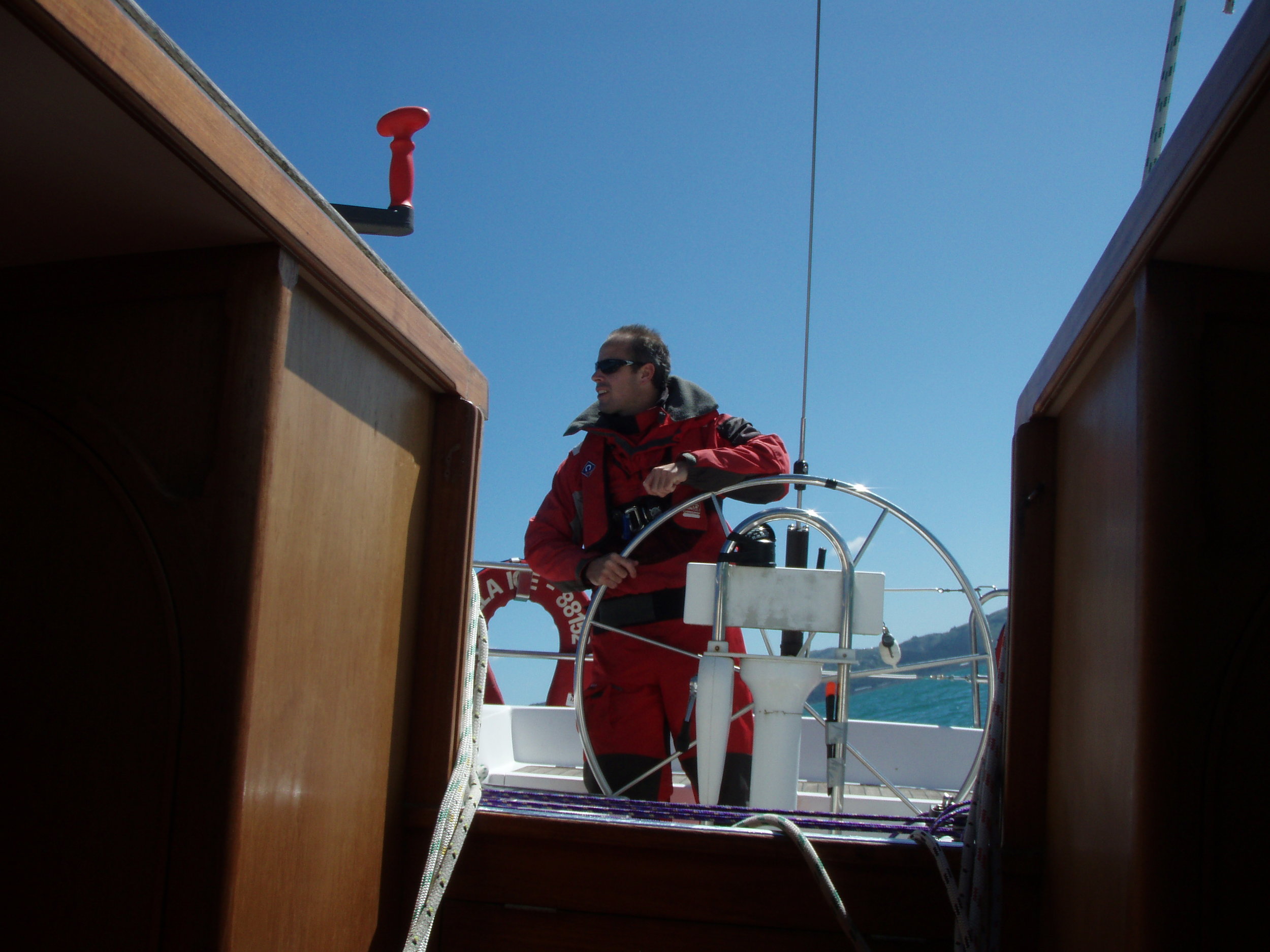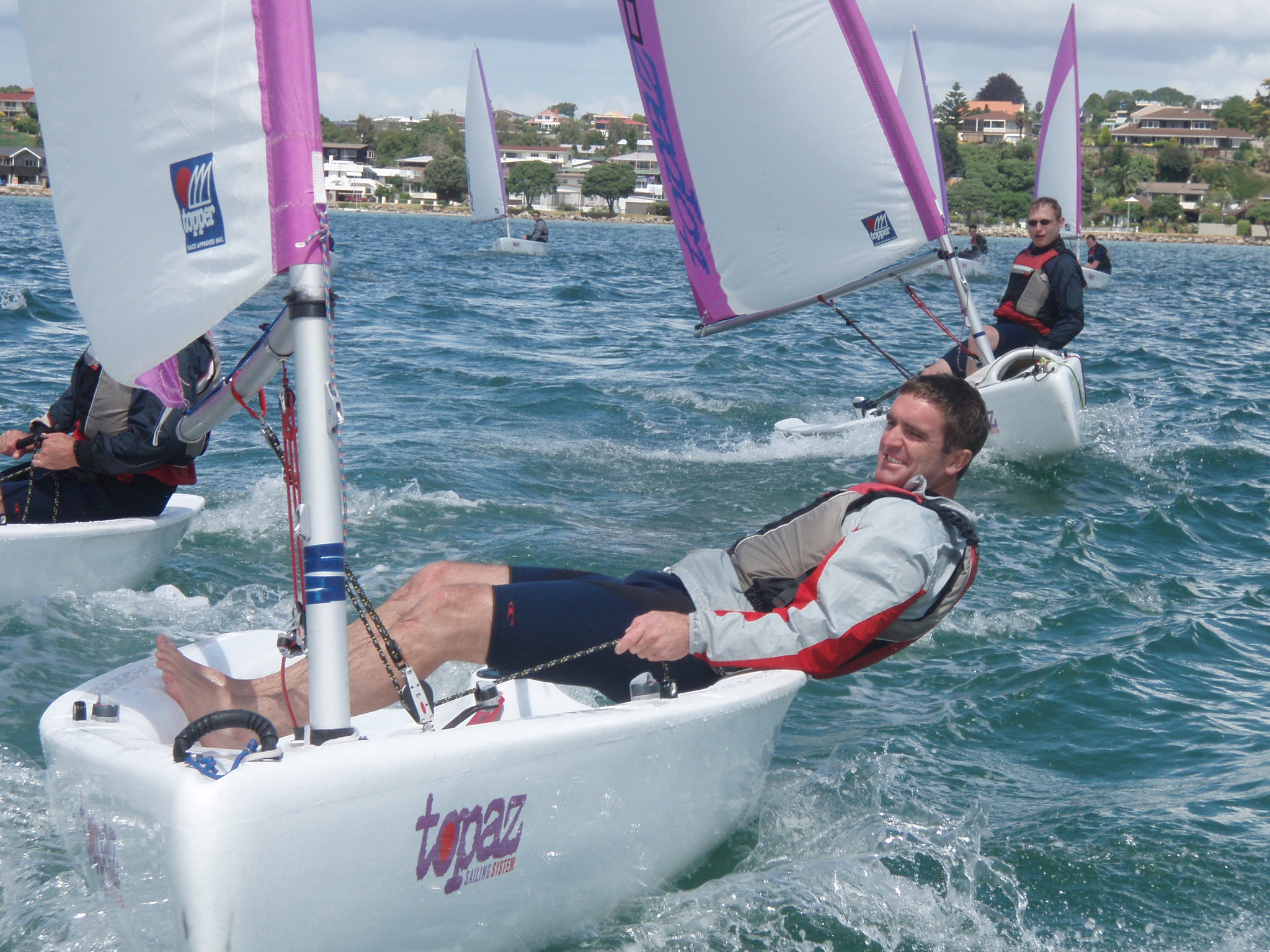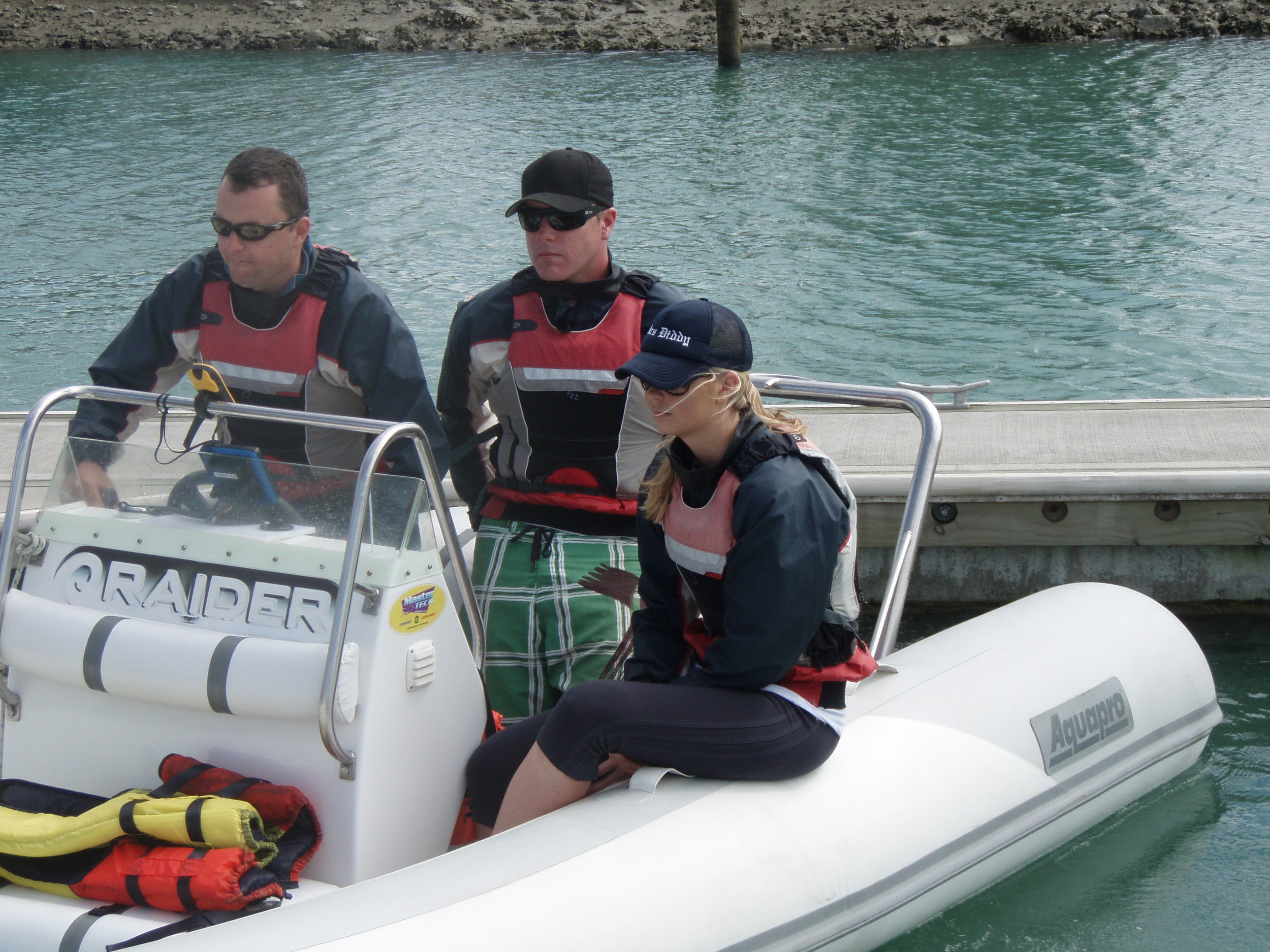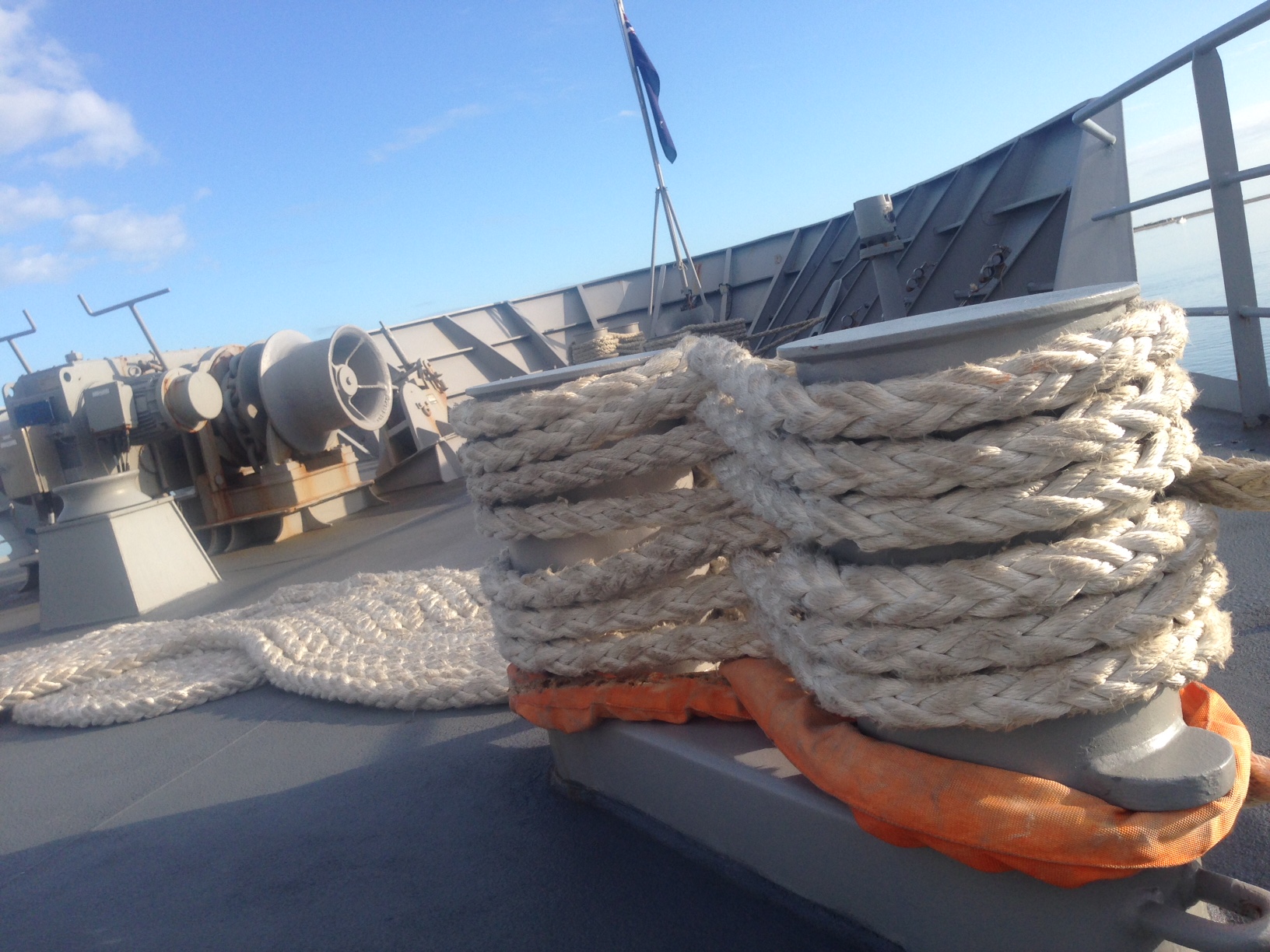Measuring the wind
/In 1805, a British Naval officer called Francis Beaufort introduced a scale from 0 -12 for measuring the speed of the wind at sea. Admiral Beaufort developed the scale based on his observations of the wind and waves and used everyday terms for each level of his scale.
The Beaufort Scale is still used today to describe the speed of wind at sea and the effect of wind on the surface of the water. Wind speed is measured in knots, with one knot equal to one nautical mile per hour. A nautical mile is just a bit longer than a land mile.
Today we also use wind instruments to measure the exact speed of the wind.
So lets’ take a look at the Beaufort Scale – the force, the speed of the wind in knots, how you would describe the wind and how you would describe the state of the sea...
Force Knots Description Sea Description 01 knot Calm Calm (glassy) 11 – 3 knots Light air Calm (rippled) 24 – 6 knots
Light breeze
Smooth (wavelets)
3
7 – 10 knots
Gentle breeze
Slight
4
11 – 16 knots
Moderate breeze
Slight – Moderate
5
17 – 21 knots
Fresh breeze
Moderate
6
22 – 27 knots
Strong breeze
Rough
7
28 – 33 knots
Near gale
Rough – Very Rough
8
34 – 40 knots
Gale
Very rough – High
9
41 – 47 knots
Severe gale
High
10
48 – 55 knots
Storm
Very High
11
56 – 63 knots
Violent storm
Very High
12
Over 64 knots
Hurricane
Phenomenal
Next time you’re out on the water why not practise working out what force you think the wind is and then check on the boat’s instruments to see if you’re right!
As well as knowing how strong the wind is, when you’re out on the water you’ll need to learn where the wind is coming from, this is called wind direction.
The wind direction is shown by which point of the compass the wind is blowing from. For example a south wind blows from the south, NOT to the south!
Brainteaser – when is a knot, not a knot?
When it’s a nautical mile per hour!


